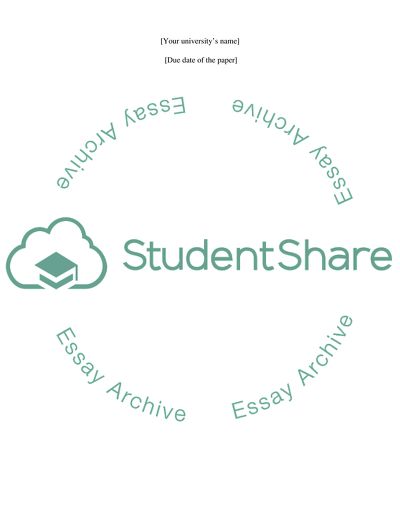Cite this document
(Clinic Observation: Reflection of Learning (Pediatric) Essay, n.d.)
Clinic Observation: Reflection of Learning (Pediatric) Essay. https://studentshare.org/nursing/1765464-clinic-observation-reflection-on-pediatric-learning
Clinic Observation: Reflection of Learning (Pediatric) Essay. https://studentshare.org/nursing/1765464-clinic-observation-reflection-on-pediatric-learning
(Clinic Observation: Reflection of Learning (Pediatric) Essay)
Clinic Observation: Reflection of Learning (Pediatric) Essay. https://studentshare.org/nursing/1765464-clinic-observation-reflection-on-pediatric-learning.
Clinic Observation: Reflection of Learning (Pediatric) Essay. https://studentshare.org/nursing/1765464-clinic-observation-reflection-on-pediatric-learning.
“Clinic Observation: Reflection of Learning (Pediatric) Essay”. https://studentshare.org/nursing/1765464-clinic-observation-reflection-on-pediatric-learning.


